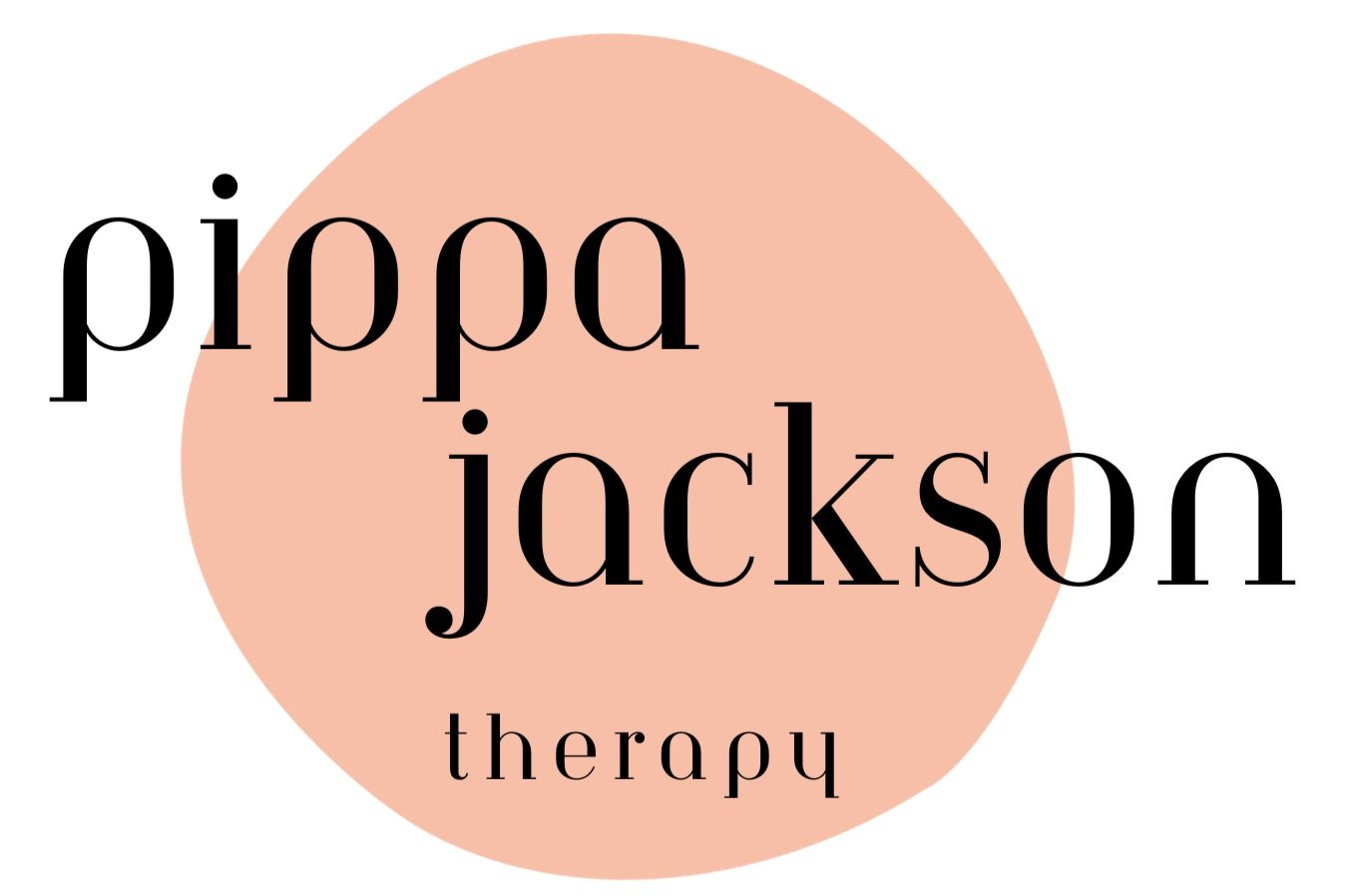5 somatic practices to relieve stress and prevent burnout
When we’re feeling stressed, anxious, or overwhelmed, our first instinct is often to try to understand why, attempting to think our way out of this difficult feeling we are experience. We analyse, overthink, and replay events in our minds, searching for answers. While understanding “the story” around our stress can be helpful, sometimes we don’t actually need to figure it all out.
Stress and trauma aren’t just mental experiences, they live in the body too. That’s why working with the body can be a powerful tool for managing stress. Research shows that completing the stress cycle - allowing stress to move through and out of the body - can help relieve tension, prevent burnout, and support emotional healing in a way that thinking alone cannot.
Below are five simple somatic practices designed to help you release stored tension, regulate your nervous system, and bring your body back into a state of calm.
1. Shaking & vibrating
Release built-up stress
Shaking is one of the most natural ways to discharge stress and tension from the body. Animals instinctively shake after experiencing fear or shock, helping their nervous system reset. We can do the same to release stuck energy and calm the body.
How to practice shaking
Stand with your feet hip-width apart, knees slightly bent.
Start bouncing gently on your heels, allowing your body to loosen naturally.
Shake your hands, arms, shoulders, and legs, letting tension melt away.
Let your jaw and head move softly, sighing or exhaling through the mouth.
Continue for 1-3 minutes, then pause and notice how your body feels.
Why it works: Shaking helps reset the nervous system, increase circulation, and release stored tension from the muscles and fascia.
2. Progressive muscle relaxation
Let go of physical tension
When we’re stressed, we often tense up without realising it. Progressive muscle relaxation (PMR) is a practice that involves tensing and then releasing different muscle groups to bring awareness and relaxation to the body.
How to practice PMR
Find a comfortable seated or lying-down position.
Take a deep breath in, tense one muscle group (e.g. fists, shoulders, or legs) for 5 seconds.
Exhale and fully relax that area, letting go of any tension.
Move systematically through the body: hands, arms, shoulders, jaw, stomach, thighs, feet.
Finish by taking a few slow, deep breaths, noticing how much lighter you feel.
Why it works: This technique helps signal safety to the nervous system, reducing stress-related muscle tightness and promoting deep relaxation.
3. Deep breathing
Reset the nervous system
Breathing deeply is one of the fastest ways to shift from stress to calm. When we’re anxious, our breath becomes shallow, reinforcing feelings of unease. By breathing slowly and deeply, we can activate the parasympathetic nervous system, which tells the body it’s safe to relax.
How to practice deep breathing
Sit comfortably with your feet on the floor or cross-legged.
Place one hand on your belly and the other on your chest.
Inhale deeply through the nose, allowing your belly to expand.
Exhale slowly through the mouth, feeling your body soften.
Repeat for 2-5 minutes, keeping your breath smooth and steady.
💛 Optional: Place one hand on your heart as you breathe to offer yourself a moment of soothing touch.
Why it works: Deep breathing lowers cortisol (the stress hormone) and brings the body into a rest-and-digest state.
4. Vagal nerve massage
Soothe the nervous system
The vagus nerve plays a key role in regulating stress and relaxation. By gently massaging certain areas, we can stimulate this nerve, helping to calm anxiety and promote a sense of ease.
How to practice vagal nerve massage
Sit or lie down comfortably.
Gently massage the sides of your neck, working from the base of your skull down to your collarbone.
Use your fingertips to make small circular motions on your jaw and temples.
Stroke lightly down the sides of your throat, applying gentle pressure.
Finish by placing your hands on your shoulders and giving them a slow, relaxing squeeze.
Why it works: Stimulating the vagus nerve lowers heart rate, reduces stress hormones, and signals safety to the brain.
5. Butterfly hug & rocking
Self-soothing & nervous system regulation
The butterfly hug is a simple yet powerful self-soothing technique often used in trauma therapy. It helps to regulate the nervous system, reducing anxiety and restoring a sense of calm.
How to practice the butterfly hug
Cross your arms over your chest, resting your hands on opposite shoulders.
Begin tapping one hand, then the other, like butterfly wings.
Close your eyes and focus on the gentle, rhythmic tapping.
Combine this with slow breathing for a deeper calming effect.
Optionally, sway side to side or rock gently for extra soothing.
Why it works: This technique activates both hemispheres of the brain, helping to process emotions and bring the body back to a state of balance.
Why somatic practices matter
So often, we try to solve stress from top-down - thinking about it, analysing it, or talking it through. While this can be useful, it’s equally important to work from the bottom up - directly soothing the body and nervous system in a physiological way.
By incorporating simple body-based techniques, we can complete the stress cycle, prevent burnout, and support emotional healing in a deeply embodied way.
If you’d like to explore more ways to use movement, breath, and self-compassion for stress relief, join me for a yoga class or integrative therapy session (in-person in Valencia or online). 💛




